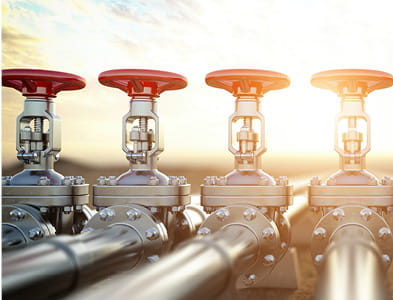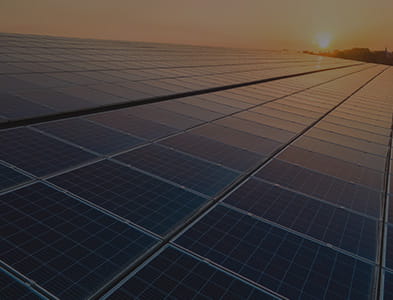Performed useful-life study for regulated utility company
Performed useful-life study for regulated utility company
As the market undergoes an energy transition with greater deployment of renewables, power and utility companies (especially those with large fossil-based system portfolios) need to understand how this transition will impact the useful life of their current and future asset investments.
Stout performed a useful-life study of several power generation/storage technologies, shown below, for a regulated utility company (the “Company”), which utilized the study in its Integrated Resource Plan (IRP) for regulatory and compliance purposes.
Power Generation Technologies
- Simple-Cycle Gas Turbines
- Combined-Cycle Gas Turbines
- On-Shore Wind
- Solar Photovoltaic
Power Storage Technology
- Lithium-Ion Battery Storage
- Compressed Air Storage
- Pumped Hydro Storage
In broad terms, an IRP is comprised of an assessment of future electric needs and a company’s plan to meet those needs. One required input in developing the Company’s IRP was the expected useful life of the different electric generation and power storage technologies based on currently known or knowable facts.
To produce a comprehensive examination of the expected useful life of the eight generation and storage technologies, Stout analyzed both the economic and physical life of the assets. We met with the Company’s key subject matter experts and considered a multitude of factors, including research on current technology, current and expected capacity factors, the timing and nature of future maintenance capital expenditures, manufacturer warranty and reliability data, and survivor data for equivalent technology.
Stout’s useful life study helped the Company establish a global set of assumptions around asset life expectancy to use in evaluating its existing generation portfolio and planning for the energy demands of future.







